Yellow Polyps
Parazoanthus gracilis
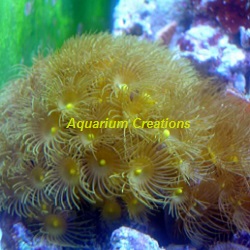 Click Picture for More Information Click Picture for More Information
|
Description
Easy to care for, Yellow Polyps, often referred to as Parazoanthus gracilis, are an unusually beautiful colonial anemone. They have long thin tentacles attached to a fluted body. The polyps are individual, not an encrusting mat, and are bright yellow or gold in color. A most interesting thing about these colonial corals is that their polyps will open or close at the same time. Because of this it is believed that the individual polyps send messages to each other probably by chemical means.
Care Level
Easy
|
|
Aussie Green and White Pipe Organ
Tubipora musica
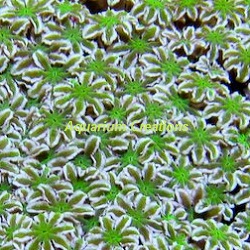 Click Picture for More Information Click Picture for More Information
|
Description
Pipe Organ colonies, Tubipora musica, are massive. They are formed of generally upright parallel tubes connected on horizontal platforms. Each Parallel tube contains a beautiful pipe organ polyp. These tubes are actually sclerites. The sclerites are fused together to form the skeleton of the tubipora musica rather than being a hard calcareous skeleton like that found on stony corals.
Care Level
Easy
|
|
Rare Blue Sympodium Polyps
Sympodium sp.
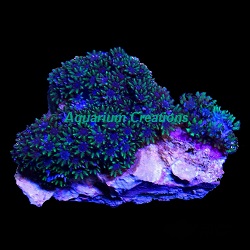 Click Picture for More Information Click Picture for More Information
|
Description
Blue Sympodium Coral is a soft coral with contrasting bright blue stalks & bright green polyps that look like flowers. An easy beginner coral, it grows throughout the reefs and shallow lagoons of the Indo-Pacific ocean. Blue and Green Sympodium will colonize or encrust the rocks or shells on which it grows. Like all of our polyps they are aquacultured specimens, many generations removed from the original wild starter colonies.
Care Level
Easy
|
|

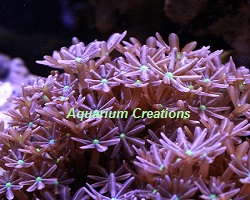 Click Picture for More Information
Click Picture for More Information
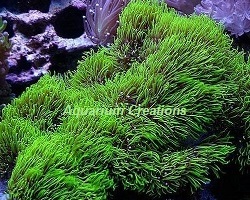 Click Picture for More Information
Click Picture for More Information
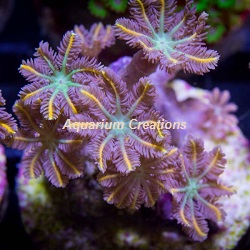 Click Picture for More Information
Click Picture for More Information
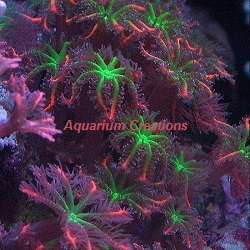 Click Picture for More Information
Click Picture for More Information
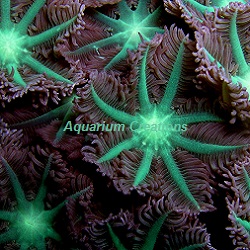 Click Picture for More Information
Click Picture for More Information


